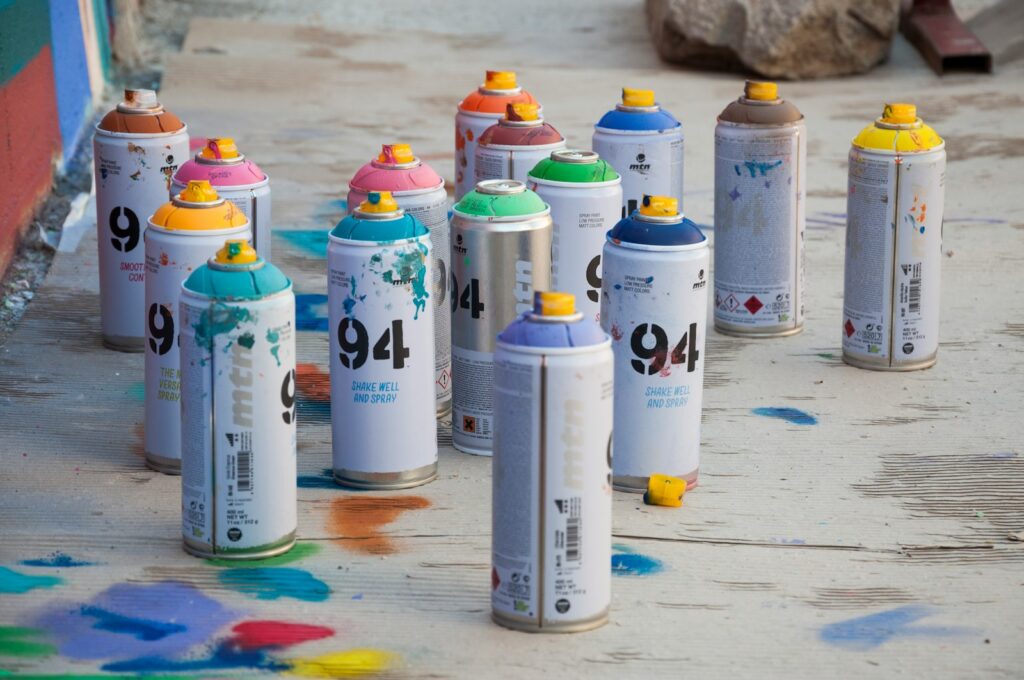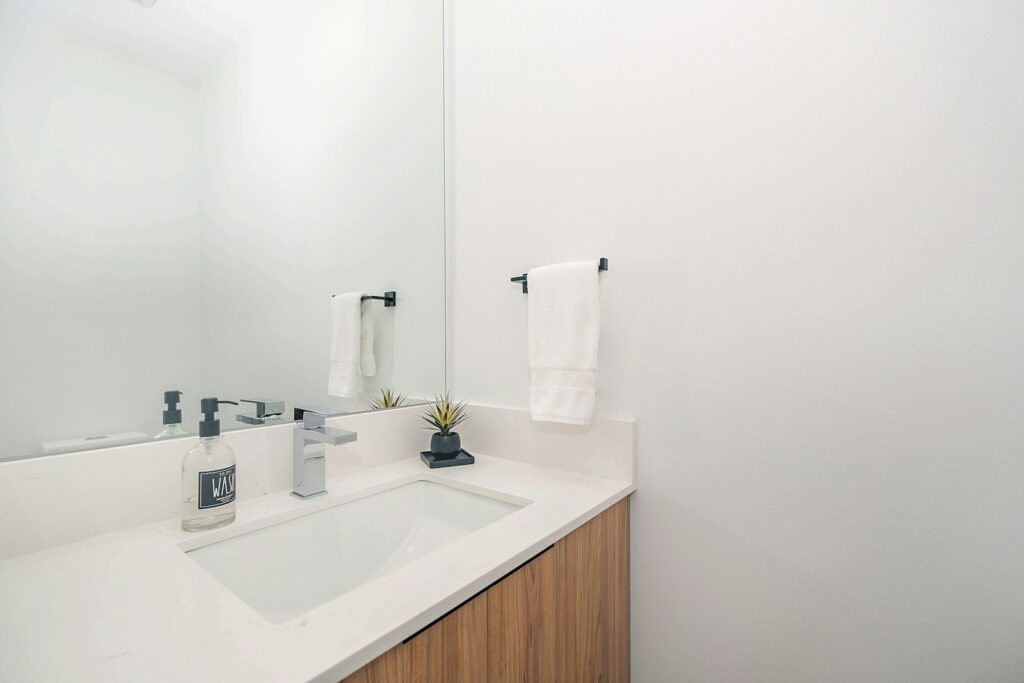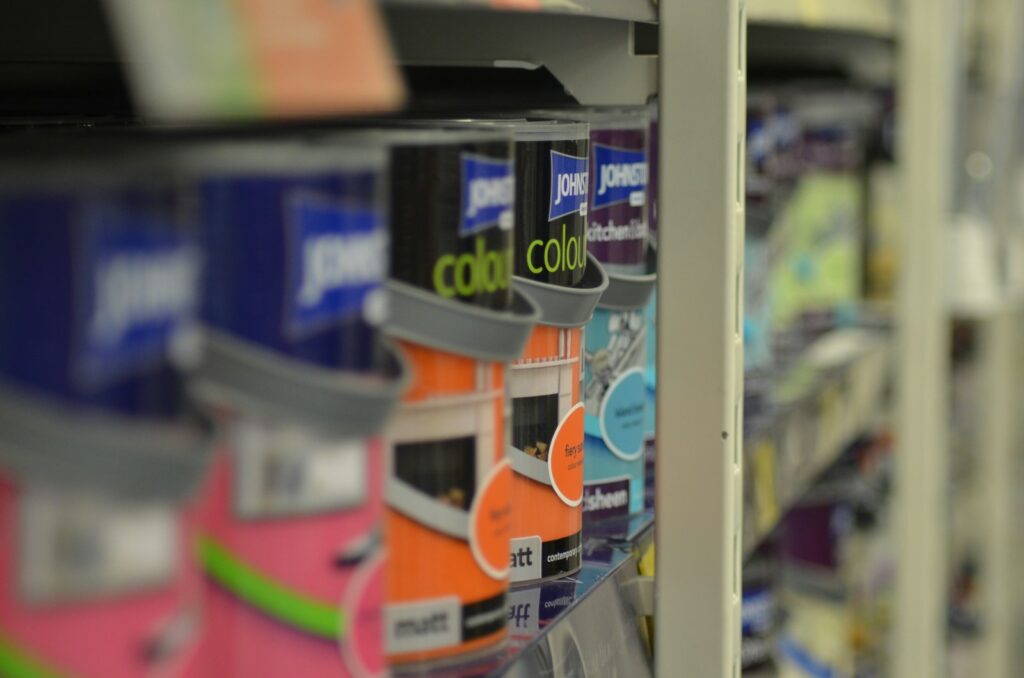Painting your home or office is more than just a matter of aesthetics—it’s also a choice that impacts our environment and health. Conventional paints often contain volatile organic compounds (VOCs) and other harmful chemicals that release toxins into the air, contributing to indoor air pollution and potential health issues. The good news is that the market for eco-friendly paints has grown significantly, offering consumers more sustainable options without compromising on quality or color selection.
Whether you’re renovating your entire home or just refreshing a single room, choosing eco-friendly paint can make a significant difference to both the planet and your well-being. This comprehensive guide will walk you through everything you need to know about selecting environmentally responsible paint for your next project.
Understanding What Makes Paint Eco-Friendly

Eco-friendly paints are formulated to minimize environmental impact throughout their lifecycle—from production to application and disposal. These paints typically contain fewer toxic ingredients than conventional options, with reduced or zero VOCs, which are chemicals that evaporate at room temperature and contribute to air pollution. Additionally, truly eco-friendly paints often use renewable or sustainably sourced raw materials rather than petroleum-based ingredients.
Some manufacturers also prioritize environmentally responsible production methods, including energy-efficient manufacturing processes, recyclable packaging, and reduced waste generation. Understanding these fundamental characteristics will help you distinguish between genuinely sustainable products and those that merely engage in “greenwashing” with environmental claims that aren’t substantiated.
Decoding Paint Labels: VOCs and Other Important Terms

Navigating paint labels can feel like deciphering a foreign language, but understanding key terminology is crucial for making informed eco-friendly choices. VOC content is typically measured in grams per liter (g/L), with lower numbers indicating fewer harmful emissions—look for paints labeled “Zero VOC” (less than 5 g/L) or “Low VOC” (less than 50 g/L for flat paints). Be aware that colorants added to tint base paints can introduce additional VOCs, so a zero-VOC base might not remain zero-VOC after tinting.
Other important terms include “natural,” which suggests plant-based ingredients but isn’t regulated; “biobased,” indicating ingredients derived from plants rather than petroleum; and various eco-certifications like Green Seal, Greenguard, or EU Ecolabel. Reading the manufacturer’s full ingredient disclosure, when available, provides the most comprehensive understanding of what’s actually in the paint.
The Health Benefits of Eco-Friendly Paint

Choosing eco-friendly paint isn’t just good for the planet—it offers significant health advantages for you and your family. Conventional paints release VOCs not just during application but for years afterward, contributing to respiratory issues, headaches, dizziness, and eye irritation, with particular risks for children, elderly individuals, and those with existing respiratory conditions. By contrast, low or zero-VOC paints dramatically reduce these health risks while creating a more pleasant painting experience without the strong chemical odors.
Many eco-friendly paints also exclude other potentially harmful ingredients like formaldehyde, phthalates, and heavy metals that have been linked to more serious health concerns with long-term exposure. For households with allergy sufferers or chemical sensitivities, natural mineral-based or plant-based paints can provide additional benefits by reducing allergens and irritants in the home environment.
Types of Eco-Friendly Paint Options

The market offers several distinct categories of environmentally responsible paints, each with its own advantages. Water-based acrylic and latex paints with low or zero VOCs are the most widely available eco-friendly options, offering good performance and a relatively familiar application process for most DIYers. Natural paints made from plant oils, minerals, milk protein (casein), or clay provide extremely low toxicity and are often biodegradable, though they may require more specific application techniques.
Mineral-based paints, including limestone-derived calcium silicate paints, offer exceptional durability and natural resistance to mold and bacteria without synthetic preservatives. For specialized applications, recycled paint—manufactured from unused paint collected through recycling programs—offers an innovative way to reduce waste, though color selection may be more limited. Understanding these different categories helps you select the most appropriate eco-friendly paint type for your specific project requirements.
Assessing Performance and Durability

Many consumers worry that choosing eco-friendly paint means sacrificing quality, but today’s sustainable options can match or even exceed conventional paints in performance. Modern low and zero-VOC formulations offer excellent coverage, requiring fewer coats and thus less paint overall for many projects. Durability has also improved significantly, with many eco-friendly options providing washable, scrubbable finishes that stand up to daily wear and maintain their appearance over time.
Natural mineral paints in particular often excel in longevity, sometimes lasting decades without significant degradation. When evaluating durability claims, look for specific testing data rather than general marketing statements, and consider reading independent reviews from consumers who have used the products over extended periods. While some specialty natural paints may require more frequent maintenance or refreshing, many mainstream eco-friendly options now offer performance comparable to their conventional counterparts.
Color Selection and Aesthetic Considerations

Gone are the days when choosing eco-friendly paint meant limiting yourself to a handful of earthy tones or muted colors. Today’s sustainable paint lines offer extensive color palettes that rival conventional options, with many major manufacturers providing their full spectrum of colors in low or zero-VOC formulations. Natural and mineral-based paints often create unique visual textures and depth that can add character to walls, though their palettes may be somewhat more limited than synthetic options.
When selecting colors, be aware that some intense or vibrant hues may require more pigment, potentially increasing the overall VOC content in tinted paints. Many eco-friendly paint companies now offer color matching services to help you achieve your desired shade while maintaining environmental benefits. Sample pots or swatches are particularly important when working with natural paints, as their appearance can vary slightly from conventional finishes you might be familiar with.
Cost Considerations and Value Assessment

Price is inevitably a factor in paint selection, and eco-friendly options typically cost more per gallon than conventional paints—sometimes 20-50% more for premium natural or mineral-based products. However, this sticker price doesn’t tell the whole story about value. Many high-quality eco-friendly paints offer superior coverage, meaning you may need fewer gallons to complete your project, partially offsetting the higher per-gallon cost.
The durability of many sustainable paints can also mean less frequent repainting, providing long-term financial benefits that aren’t apparent at purchase. Additionally, the health benefits of reducing indoor air pollution may translate to reduced medical costs and improved well-being that far outweigh the price differential. When budgeting for your project, consider these factors in your value calculation rather than focusing solely on the initial purchase price to make a more holistic assessment of the true cost.
Certifications and Standards to Look For

With growing consumer interest in eco-friendly products, various organizations have developed certification programs to help identify truly sustainable paints. Green Seal certification (GS-11) sets strict limits on VOCs and prohibits carcinogens and reproductive toxins, making it one of the most respected environmental standards. Greenguard and Greenguard Gold certifications focus specifically on indoor air quality and emissions testing, with the Gold standard being particularly stringent for spaces used by children and sensitive individuals.
The EU Ecolabel applies to products in European markets and evaluates environmental impact across the entire lifecycle. Other notable certifications include APE (Asthma & Allergy Friendly), which is particularly relevant for those with respiratory concerns, and various national standards like the German Blue Angel or Nordic Swan. While not all excellent eco-friendly paints carry certifications (certification can be expensive for smaller manufacturers), these standards provide helpful verification of environmental claims when present.
Application Tips for Eco-Friendly Paints

Working with eco-friendly paints sometimes requires slight adjustments to your application technique for optimal results. Water-based eco-friendly paints often dry faster than conventional options, so working in smaller sections and maintaining a “wet edge” can help prevent lap marks or uneven appearance. Natural paints may have different consistencies than you’re accustomed to—some might be thinner or thicker than conventional paints—so test application methods on a small area first.
Temperature and humidity significantly affect the performance of eco-friendly paints, with most performing best between 50-85°F (10-29°C) and moderate humidity; extreme conditions may require specialized products. Proper surface preparation remains crucial regardless of paint type, and many manufacturers recommend specific eco-friendly primers designed to work with their finishes for optimal adhesion and coverage. Following the manufacturer’s specific guidelines for application tools, drying times between coats, and curing periods will help ensure the best possible results with your chosen eco-friendly paint.
Proper Disposal and Recycling of Leftover Paint

Even eco-friendly paint requires mindful disposal to ensure it doesn’t harm the environment. If you have leftover paint, donate it to local schools, community centers, or theater groups where it can be reused. Check if your area has a paint recycling program—many accept both conventional and eco-friendly varieties, turning them into new products or disposing of them safely. In the absence of such programs, water-based paints can often be solidified using cat litter, sand, or commercial hardeners before being placed in household trash (always confirm with local regulations).
Never pour leftover paint down drains or toilets, as even low-toxicity formulas can pollute water systems. As for empty cans, clean them thoroughly and recycle if possible, or look into manufacturer take-back schemes. By responsibly managing the final step of your painting project, you help close the loop on sustainability—ensuring your eco-conscious choices extend beyond application to include safe and responsible disposal.
Choosing the Right Paint for Specific Spaces

Different areas of your home may benefit from specialized eco-friendly paint formulations designed for their particular conditions. For bathrooms and kitchens, look for eco-friendly paints with natural mold and mildew resistance—some mineral-based options contain lime or silicates that naturally inhibit microbial growth without added synthetic biocides. Children’s rooms and nurseries benefit from the most stringent zero-VOC formulations, preferably with certifications specifically addressing health concerns (like Greenguard Gold).
Exterior applications require paints with excellent weather resistance; some plant-oil based eco-paints provide outstanding durability in outdoor conditions, while mineral silicate paints can last decades on appropriate surfaces. For floors and high-traffic areas, specialized eco-friendly floor paints or hard-wearing natural oils may be more appropriate than wall formulations. By matching the specific environmental challenges of each space with the appropriate eco-friendly paint type, you’ll achieve better performance and longevity while maintaining your commitment to sustainable choices.
Major Brands and Manufacturers to Consider

The eco-friendly paint market includes both specialized green companies and eco lines from traditional paint manufacturers. Established eco-focused brands like Benjamin Moore’s Natura, Sherwin-Williams’ Harmony, and Behr’s Premium Plus Zero VOC offer mainstream accessibility with improved environmental credentials and performance comparable to conventional premium paints. For those seeking more specialized natural options, companies like ECOS Paints, Earthborn, and BioShield provide paints with exceptionally clean ingredient lists and often cater to those with chemical sensitivities or strict environmental priorities.
European brands like Auro, Livos, and Kreidezeit have pioneered natural paint technologies using plant oils, resins, and minerals, though availability may be limited in some regions. For recycled paint options, companies like GreenSheen and ReColor offer quality products made from reclaimed materials. Many smaller regional manufacturers also produce excellent eco-friendly paints with local ingredients and distribution, potentially reducing the carbon footprint associated with shipping and supporting local economies.
Future Trends in Eco-Friendly Paint Technology

The eco-friendly paint industry continues to innovate with exciting developments on the horizon. Several manufacturers are exploring bio-based binders derived from agricultural waste products or sustainably harvested plant materials to replace petroleum-based ingredients entirely. Air-purifying paints containing photocatalytic compounds that actively break down air pollutants are becoming more sophisticated and effective, potentially transforming walls from passive surfaces into active contributors to indoor air quality. Carbon-negative paint formulations that sequester more carbon in their ingredients than is released during manufacturing represent another frontier in sustainable paint technology.
Advances in natural pigments are expanding color options for completely non-synthetic paints, while improved dispersion technologies are enhancing the performance of mineral-based formulations. As consumer demand for sustainable products continues to grow, we can expect further acceleration in eco-friendly paint innovation, with increasing focus on circular economy principles that address the entire lifecycle from raw material sourcing through eventual disposal or recycling.
A Colorful Step Toward Sustainability

Choosing eco-friendly paint represents a meaningful step toward creating healthier living spaces while reducing environmental impact. The wide variety of options available today means you don’t need to compromise on color, performance, or durability to make a sustainable choice. By understanding what makes paint truly eco-friendly, reading labels carefully, considering certifications, and selecting the appropriate type for your specific project, you can achieve beautiful results while protecting both your health and the planet.
As you embark on your next painting project, remember that your choice of paint is an opportunity to vote with your dollars for the kind of world you want to live in—one where beauty and sustainability go hand in hand.

